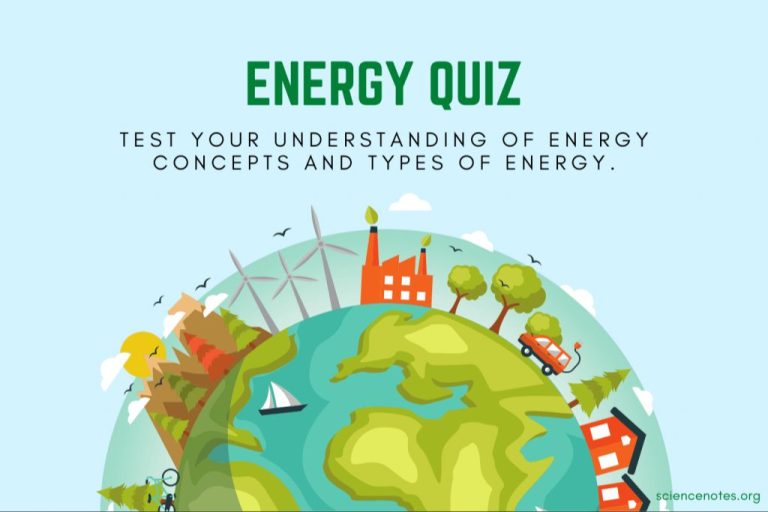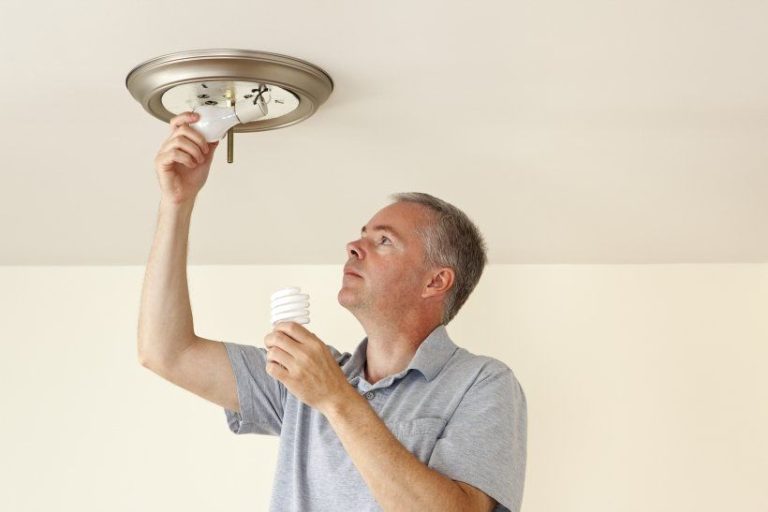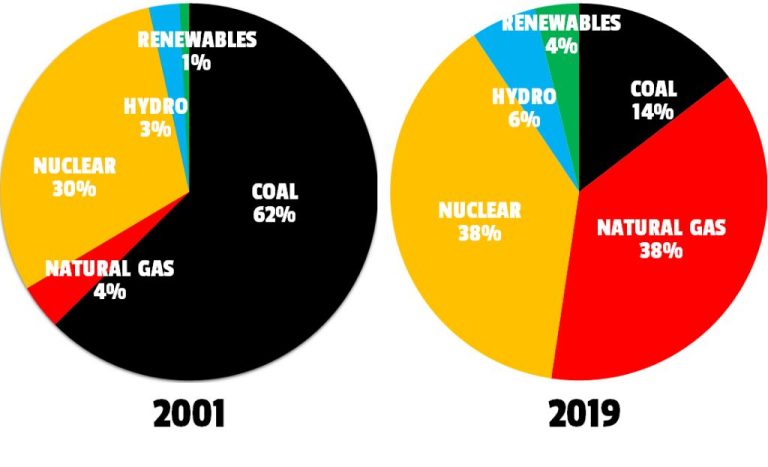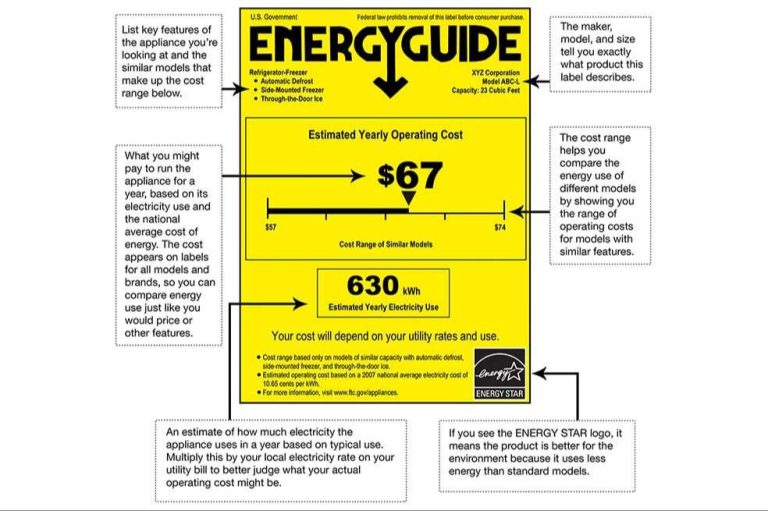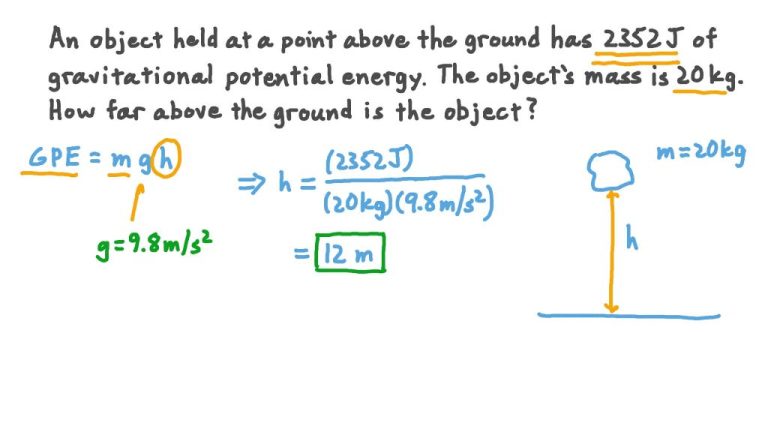What Is Pure Home Efficiency?
What is Pure Home Efficiency?
Pure home efficiency refers to designing and operating homes to maximize energy efficiency, sustainability, and harmony with the natural environment. It goes beyond standard home efficiency to create living spaces that are truly green, non-toxic, and net zero or net positive in their energy use and environmental impact.
The core goal of pure home efficiency is to eliminate energy waste, utilize renewable energy sources, and choose healthy, ecological materials and systems for the home. This reduces environmental damage, utility costs, and health risks compared to conventional homebuilding. Pure home efficiency aims to benefit both families and the planet through mindful home design and operation.
Key principles of pure home efficiency include a tight thermal envelope, passive solar design, renewable energy systems, non-toxic materials, water conservation, waste reduction, and integration with the surrounding landscape. It is a whole systems approach that considers the home’s lifecycle impact. This goes beyond incremental efficiency gains to reimagine the home as a model of sustainability.
Benefits of Pure Home Efficiency
Pursuing home efficiency provides a wide range of benefits that make it a worthwhile endeavor for any homeowner. Some of the key advantages include:
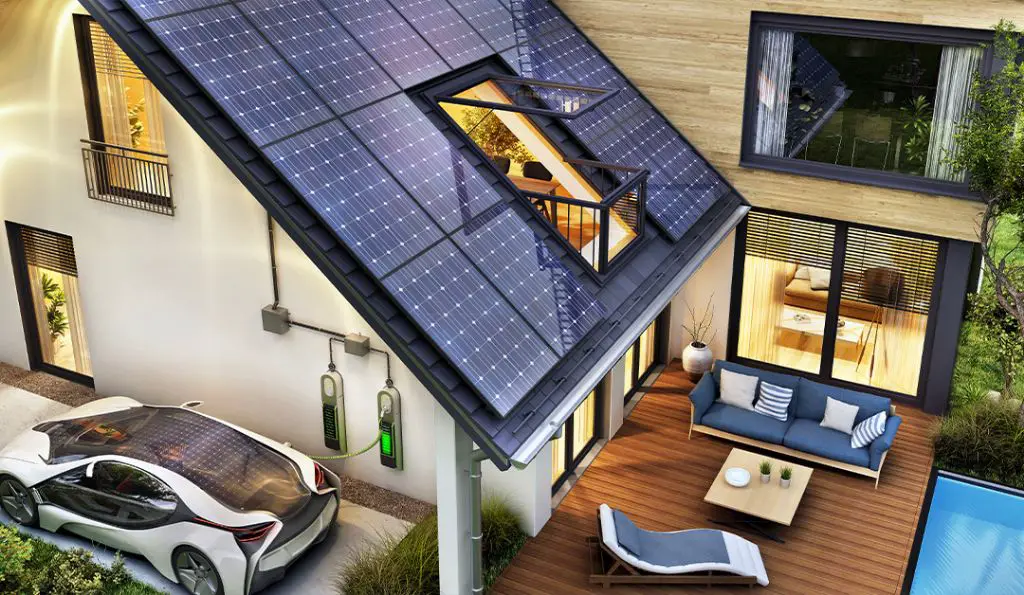
Reduced energy usage and costs – By upgrading to more efficient systems and appliances, homeowners can significantly reduce their energy usage. This translates into lower utility bills and long-term savings on energy costs. Efficient homes require less power to provide lighting, heating, cooling and hot water.
Lower environmental impact – Efficient homes reduce reliance on fossil fuels for energy generation. This lowers a home’s carbon footprint and environmental impact. Homeowners can do their part to combat climate change by pursuing efficiency.
Improved air quality and health – Proper insulation, air sealing, ventilation and filtration dramatically improve indoor air quality. This protects homeowners from airborne irritants and pollutants. Better indoor environments promote better comfort, health and productivity.
Greater comfort and convenience – Upgraded insulation, windows, HVAC systems and zoning allow homeowners to easily maintain optimal temperatures and humidity levels. Smart home technology provides added control and convenience. Efficiency upgrades make homes more comfortable to live in.
Key Areas of Focus
Achieving a truly efficient home requires a whole home approach that looks at several key areas. Focusing on improvements in these areas will have the biggest impact on improving your home’s overall efficiency and reducing energy waste:
HVAC and Insulation
An efficient heating, ventilation and air conditioning (HVAC) system along with proper insulation and air sealing are critical to controlling energy costs. Ensure your HVAC system is properly sized and consider upgrading to a high efficiency system. Also make sure your home is adequately insulated, including the attic, exterior walls, basement or crawlspace, and use caulking and weatherstripping to seal air leaks.
Efficient Lighting
Take advantage of energy efficient LED lighting. Replace all incandescent bulbs with LEDs and consider adding lighting controls such as dimmers, motion sensors, and timers to reduce energy use. Proper lighting design using task lighting and natural daylight can also help improve efficiency.
Efficient Appliances
When purchasing new appliances, look for ENERGY STAR rated models which are designed to use less energy and water than standard models. Upgrading to efficient appliances, especially for major loads like refrigerators, dishwashers, and washing machines, can generate significant savings.
Water Efficiency
Install water efficient plumbing fixtures like low-flow faucets, showerheads, and toilets to reduce hot water usage and associated energy costs. Other strategies include repairing leaks, insulating hot water pipes, and using cold water for laundry. Landscaping with native plants can also reduce outdoor water usage.
Building Materials and Design
Employing energy efficient building techniques like high performance windows, passive solar design, strategic insulation and air sealing can yield benefits. Specifying sustainable building materials like FSC certified wood and low/no VOC paints and finishes also helps improve indoor air quality.
HVAC and Insulation
An efficient HVAC (heating, ventilation and air conditioning) system is crucial for maximizing home energy efficiency. High efficiency systems such as heat pumps and Energy Star certified central air conditioners can significantly reduce your home’s energy usage. Ensure that your HVAC system is properly sized for your home’s square footage. Oversized units result in excessive cycling and energy waste.
Proper insulation is also key. Insulate attics, exterior walls, basements, and crawl spaces to recommended R-values based on your climate zone. Use spray foam or caulk to seal air leaks around doors, windows, outlets and any gaps or penetrations in your home’s envelope. Prevent drafts to keep conditioned air in and unconditioned air out. Up to 30% of a home’s heating and cooling costs are from air leaks.
Installing a smart or programmable thermostat enables temperature adjustments based on your schedule and preferences, reducing energy waste from heating or cooling an empty home. Smart thermostats can also optimize runtimes and stages for multi-stage HVAC systems. Keep filters clean and have your HVAC system serviced annually for peak efficiency and indoor air quality.
Efficient Lighting
Lighting is one of the most important areas to consider for improving home efficiency. By installing efficient lighting options you can dramatically reduce energy use and costs.
LED light bulbs should be the primary choice for all light fixtures in the home. LED bulbs use at least 75% less energy than traditional incandescent bulbs and last 25 times longer. They come in a variety of shapes, sizes and light colors to fit any application.
Incorporating natural lighting through skylights and larger windows cuts down on the need for artificial light during the daytime. Make sure to account for heat gain and glare when designing natural lighting elements.
Lighting controls such as occupancy sensors, dimmers, and smart technology ensure lights are only on when needed. Occupancy sensors automatically turn lights on when motion is detected in a space and off after a set time. Dimmers allow light levels to be adjusted to suit the needs of the space. Smart lighting gives the ability to control lighting remotely through apps and voice control.
Efficient Appliances
Using energy efficient appliances is a key component of pure home efficiency. Focus on purchasing appliances that have earned ENERGY STAR certification, which means they meet strict energy efficiency guidelines set by the EPA. Within the ENERGY STAR program, the Most Efficient recognition highlights the very best energy-efficient products in their class.
Look for the ENERGY STAR label when buying major appliances like refrigerators, dishwashers, washing machines, and clothes dryers. Opt for smart appliances that can connect to the internet and be controlled remotely via smartphone. Smart thermostats, smart lighting, and other connected devices allow for greater monitoring and control of energy consumption.
Prioritize purchasing ENERGY STAR certified appliances, especially those with the Most Efficient designation. Smart appliances offer even more advanced energy management capabilities. By choosing the most efficient models, you can slash your home’s energy use and carbon footprint.
Water Efficiency
Water efficiency is a key component of pure home efficiency. There are several ways to dramatically reduce indoor and outdoor water usage in your home.
Installing low-flow plumbing fixtures such as faucets, showerheads and toilets is one of the easiest ways to reduce water usage. Low-flow fixtures deliver the same water pressure while using a fraction of the water of conventional fixtures. For example, WaterSense labeled showerheads use no more than 2.0 gallons per minute compared to 2.5 gpm for a standard showerhead.
Greywater systems capture gently used water from sinks, showers and washing machines and reuse it for landscape irrigation. Installing a greywater system can reduce indoor water usage by up to 50% and outdoor irrigation needs by 30%.
Using drought-tolerant plants in your landscaping design eliminates the need for large amounts of irrigation. Native, climate-appropriate plants are adapted to local rainfall patterns and soil conditions so they require little to no extra watering once established.
Eco-Friendly Building Materials
When constructing or remodeling a home for pure efficiency, it’s important to use eco-friendly building materials. This involves selecting materials that are renewable, recycled, responsibly-sourced, and non-toxic.
For flooring, there are many great sustainable options like bamboo, cork, recycled rubber, and Marmoleum. These are durable, attractive, and avoid old-growth deforestation associated with hardwoods. For carpentry and framing, look for FSC certified lumber or consider alternative materials like mycelium composites.
When it comes to finishes and adhesives, go for low-VOC or zero-VOC options. Stay away from materials with added urea-formaldehyde which can off-gas and negatively impact indoor air quality. Focus on plant-based and mineral-based finishes that are non-toxic and durable.
Investing in quality eco-friendly building materials may have a higher upfront cost but pays off through improved energy efficiency, indoor air quality, and longevity. This in turn reduces waste and the need for frequent renovations or material replacement. An eco-friendly home built to last is the purest efficiency of all.
Passive House Principles
Passive House is an approach to building design that focuses on creating highly energy efficient and comfortable homes. There are several key principles and components of Passive House:
Super Insulation – Passive Houses are designed with very high levels of insulation, often double or triple the amount used in conventional building. This super insulation dramatically reduces heat loss through walls, roofs, floors, doors and windows.
Airtight Construction – Passive Houses are constructed to be extremely airtight. All cracks, gaps and penetrations are carefully sealed to minimize air leakage. This prevents heat loss and helps maintain comfortable indoor temperatures.
High Performance Windows – Energy efficient, triple-paned windows with insulated frames and low-emissivity coatings are used. This further reduces heat transfer and optimizes solar heat gains.
Ventilation with Heat Recovery – Passive Houses use mechanical ventilation systems to provide continuous fresh air. The systems recover heat from exhaust air and transfer it to incoming fresh air, reducing heating and cooling demands.
Getting Started
If you’re interested in improving the efficiency of your home, here are some tips for getting started:
First, hire experts to conduct a thorough energy audit of your home. This will identify areas where your home is losing energy and provide a prioritized list of improvements. When selecting auditors, look for ones with established credentials such as Residential Energy Services Network (RESNET) Home Energy Ratings.
Next, use the audit recommendations to prioritize changes. Focus first on the improvements that will provide the biggest bang for your buck. Common high-priority upgrades include sealing air leaks, adding insulation, and replacing old HVAC equipment.
As you evaluate your options, carefully consider both upfront costs and long-term energy savings. While certain upgrades may require a larger initial investment, the resulting utility bill reductions can lead to a relatively short payback period. Aim for upgrades with payback periods of 5 years or less.
By hiring the right experts, carefully prioritizing based on an energy audit, and evaluating costs versus benefits, you’ll be on your way to making your home maximally energy efficient.

